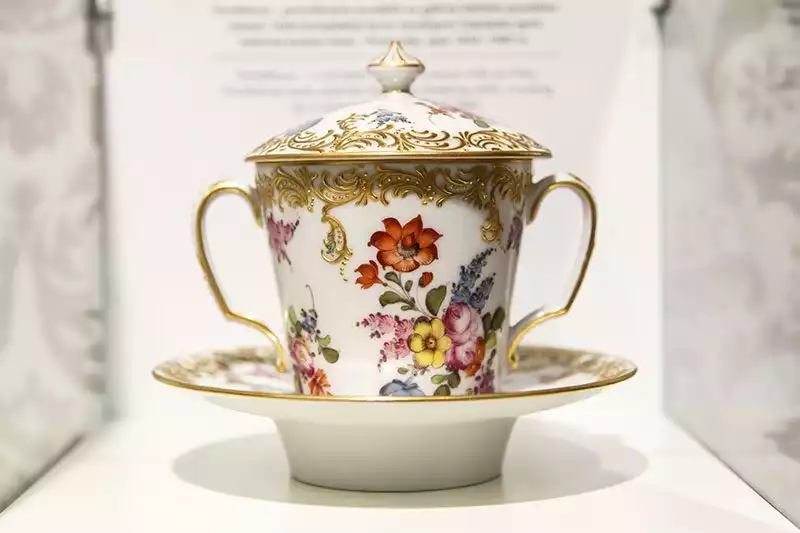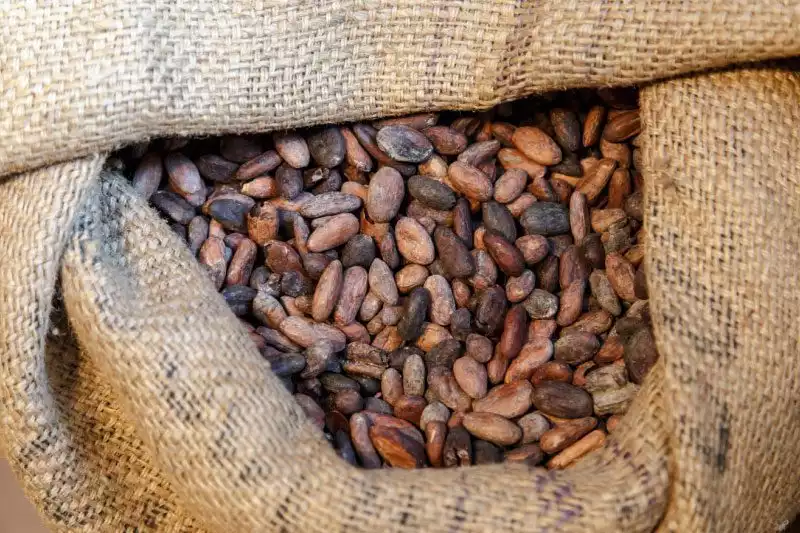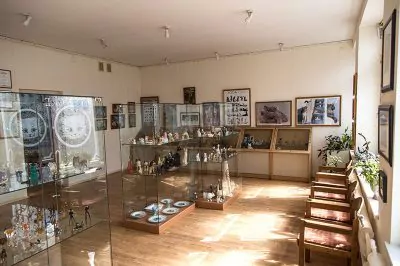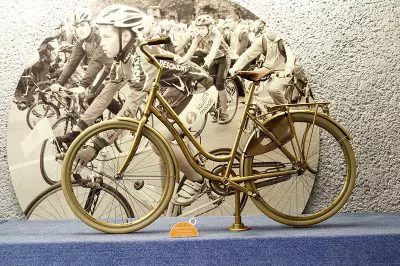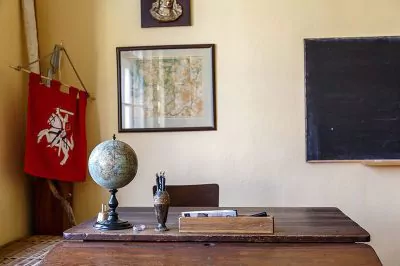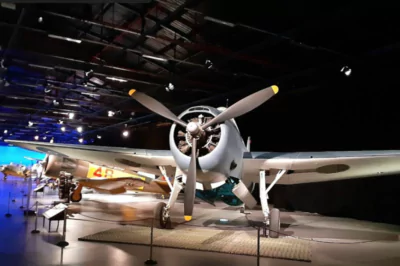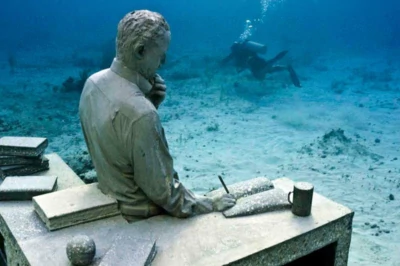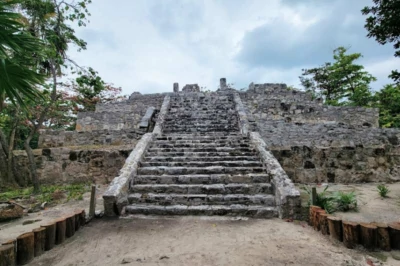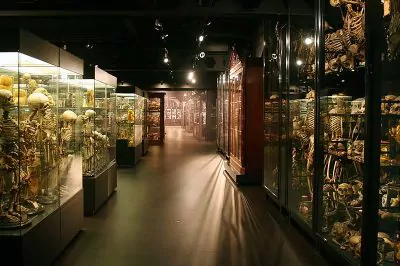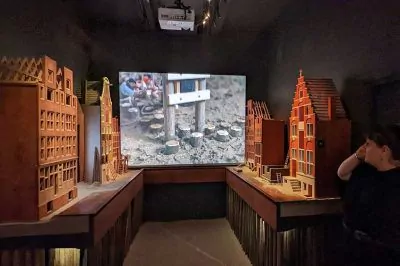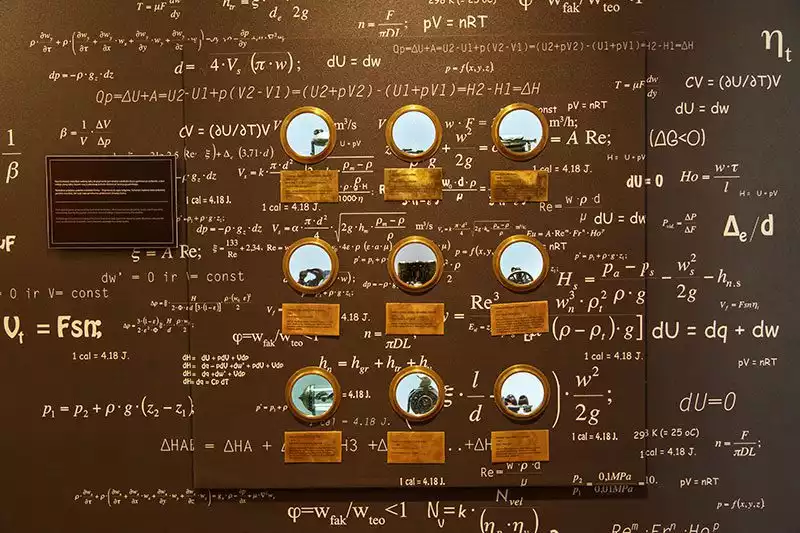
RÜTA Chocolate Museum
The chocolate museum of Rüta Chocolate Factory, the best chocolate factory in the Baltics, is an ideal place to learn about the history of chocolate.
When you enter, they give you a small packet of their own chocolate to enjoy and learn about it. By eating this chocolate, you learn how and where chocolate was created with infographic elements.
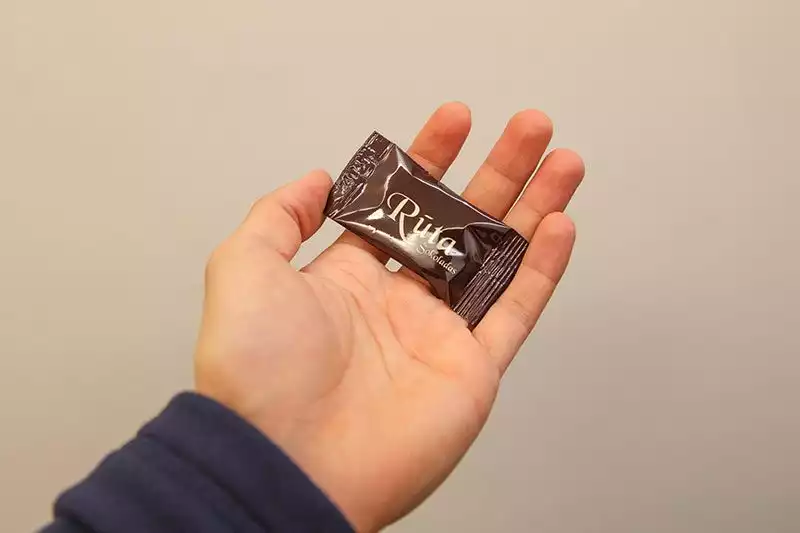
Chocolate production goes way back in history. Especially in the Mayan and Aztec cultures, chocolates were used as currency for shopping, and it has been revealed that they were first produced in Latin America in the 2000s BC.
The fact that the containers used in the Mayan culture were likened to cocoa shells is an indication of how important it is. Since chocolate is considered to be God’s food in the Mayan culture, it also has an important place in religious terms. Chocolates produced from cacao were given as gifts at the funerals of statesmen.
In Mayan and Aztec cultures, we mentioned that cacao was used as currency. In these cultures, the word cacao was also used in compound words, such as nocacau, meaning my money, and mocacau, meaning your money.
The appropriate temperature for cacao trees to grow should be an average of 23 degrees Celsius and should be on the borders of a tropical climate. Countries with suitable climatic conditions for the production of cocoa trees are warm countries such as Ghana, Brazil, Nigeria, Ecuador and Indonesia.
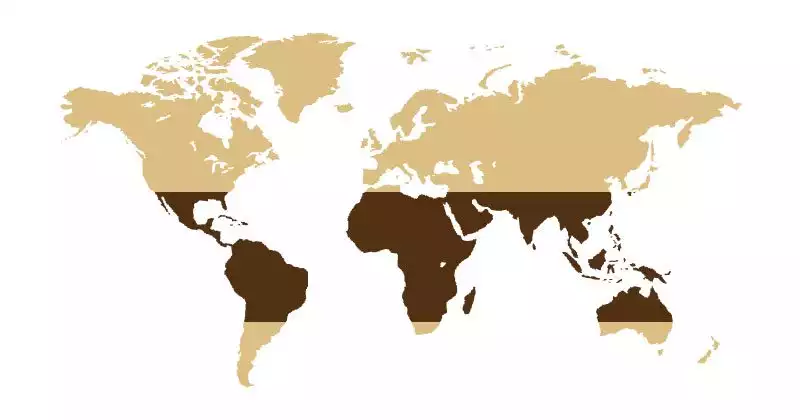
There are 3 different cocoa beans used in chocolate making. These are criollo, forastero and trinitario. You can see all three beans in the museum.
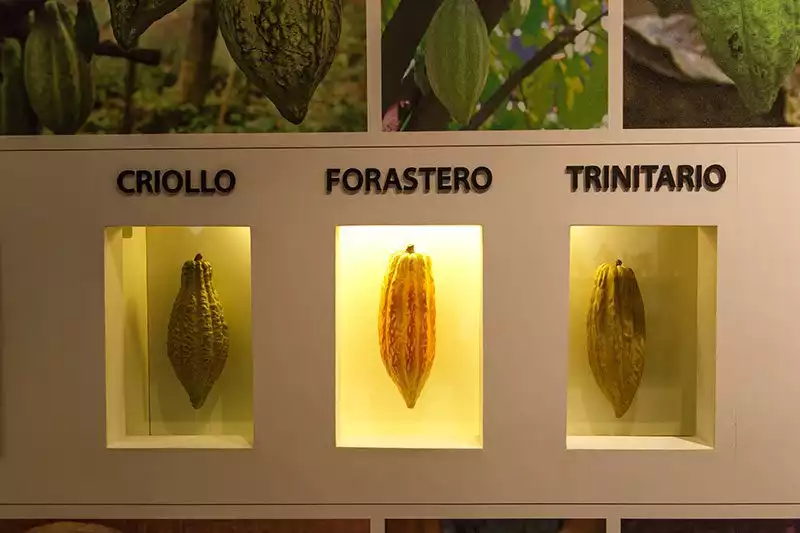
After providing information about the history of cocoa, the museum exhibits various figures and vessels used in Mayan and Aztec times. One of these artifacts is a chocolate container from the Mayan culture found in Costa Riga around 1000 AD.
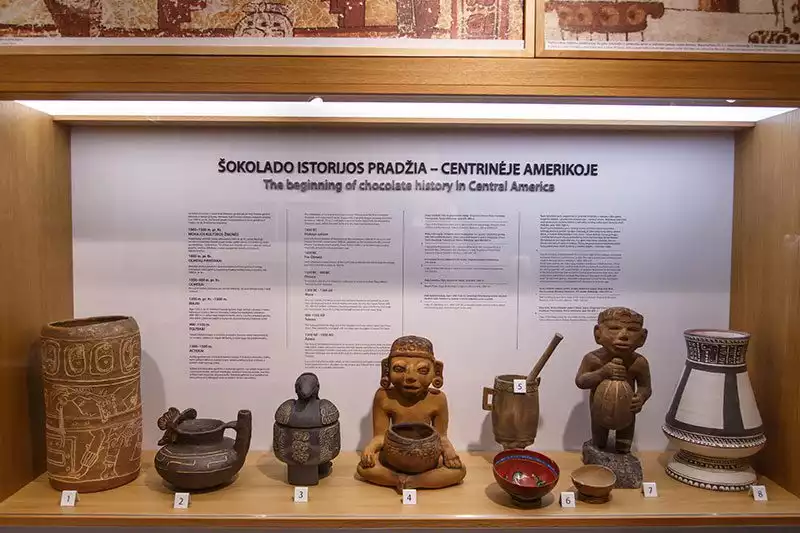
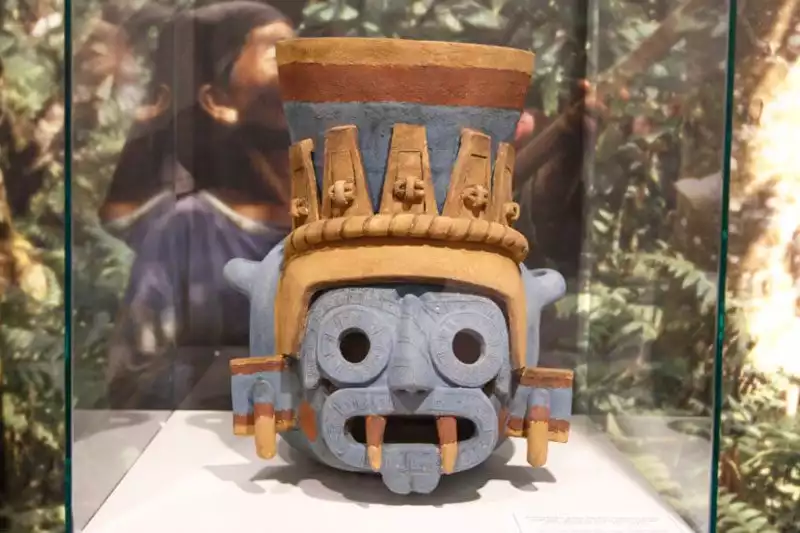
It is also possible to learn the chocolate recipe prepared in Mayan and Aztec cultures during the exhibition. In the same showcase, we learn that the Maya and Aztecs could buy a large tomato for one cacao bean, an avocado or turkey egg for 3 beans and a rabbit for 30 beans.
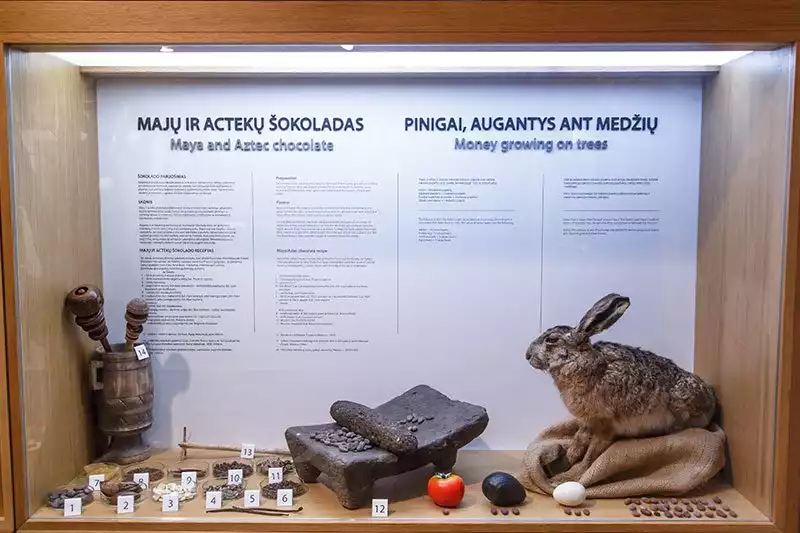
Tools used before the development of technology are also exhibited in a hall in the museum. Thanks to magnifying lenses, chocolate and tools such as the first chocolate box, solid chocolate, milk chocolate can be seen up close.

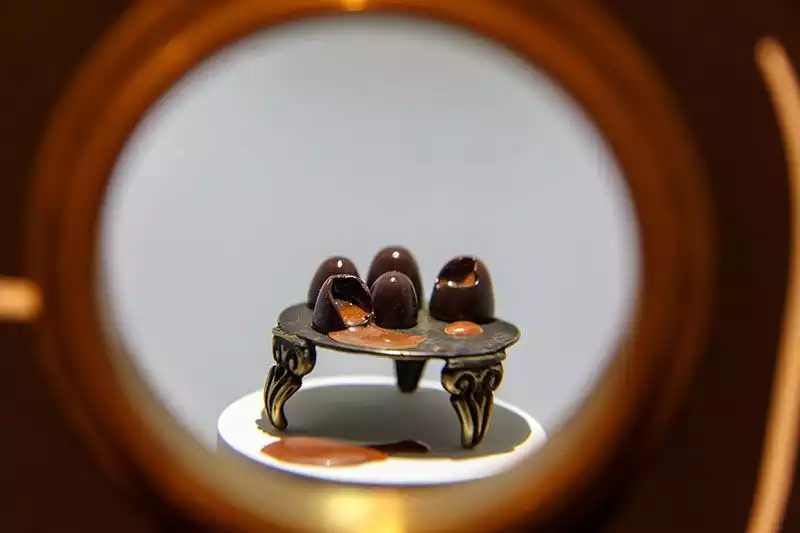
As in many chocolate museums, the Rüta Chocolate Museum exhibits many porcelain drinkware sets. Chocolate was a drink for the upper classes and such porcelain sets are a sign of the wealth of the upper classes.
